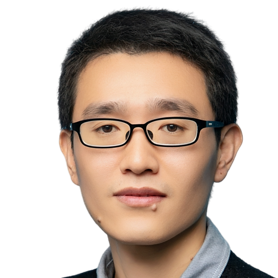Guo-Rong Wu, Ph.D., is a Full Professor at the Faculty of Psychology, Southwest University, and currently holds a Visiting Professorship at Ghent University. He received dual doctoral degrees: a Ph.D. in Statistical Data Analysis from Ghent University and a Ph.D. in Biomedical Engineering from the University of Electronic Science and Technology of China. Dr. Wu’s research lies at the intersection of computational neuroscience, functional neuroimaging, and psychiatric intervention. His work focuses on developing advanced analytical frameworks to characterize dynamic patterns of brain activity and connectivity, with the ultimate goal of optimizing individualized treatment strategies. He places particular emphasis on non-invasive brain stimulation techniques—especially repetitive transcranial magnetic stimulation (rTMS) and transcranial direct current stimulation (tDCS)—for treating depression and other mood disorders. His research is distinguished by the integration of statistical signal modeling, neuroimaging biomarkers, and clinical application, aiming to bridge the gap between data science and mental health care. He has published over 45 peer-reviewed articles as first or corresponding author in high-impact journals including Medical Image Analysis, NeuroImage, Psychological Medicine, and Brain Stimulation. His work has been cited more than 3,500 times, and he holds a Google Scholar H-index of 30. In addition to his publications, he has been invited to present at numerous international academic conferences and serves as a reviewer for leading journals in the fields of neuroimaging and psychiatry. Dr. Wu is also an active contributor to the open science community. He is the lead developer of several widely used neuroimaging toolkits: rsHRF, a toolbox for estimating and deconvolving the hemodynamic response function from resting-state fMRI; DynamicBC, a platform for assessing time-varying functional connectivity; and Brain GPS, a personalized navigation system for targeting brain stimulation sites based on individual functional architecture. His long-term academic objective is to promote precision psychiatry by integrating neuroimaging technology, computational modeling, and individualized clinical intervention. He is recognized for his interdisciplinary leadership, team collaboration, and mentorship of young researchers.










